In this kit:
- Book Summary Page (Online & Printable Kit)
- Main Characters Page (Online & Printable Kit)
- Discussion Questions Page (Online & Printable Kit)
- Book Quotes Page (Online & Printable Kit)
- Icebreaker Game: (Printable kit only)
- About the Author Page (Online & Printable Kit)
- Historical Facts Surrounding the Book (Online & Printable Kit)
- List of Podcasts and Videos about this Book (Online only)
- Meeting Decoration Ideas (Online & Printable Kit)
- Meeting Decorations Printable Images (Printable kit only)
- Meeting Menu Ideas (Online & Printable Kit)
- Meeting Food Recipes (Printable kit only)
- Shakespearean printable decoration images (Printable kit only)
- Bookmarks for Isola (Printable kit only)
- Bookmarks for Readers With Wrinkles (Printable kit only)

Allegra Goodman's novel Isola unfolds the extraordinary and harrowing journey of Marguerite de la Rocque, a young French noblewoman whose path is dramatically reshaped by betrayal, exile, and her relentless quest for survival. Orphaned as a child and heir to a once-great fortune, Marguerite is raised in the remote château of Périgord under the stern guardianship of her ambitious and manipulative uncle, Jean-François de Roberval. Though affluence surrounds her, Marguerite’s upbringing is marked by emotional solitude, her primary companionship found in Damienne, her loyal nurse. Over time, new relationships—especially with the gentle and intellectual Claire d’Artois—spark Marguerite’s emotional maturation and provide glimpses of genuine connection even as her circumstances grow perilous.
Life’s trajectory veers sharply when Marguerite is forcibly uprooted to the port city of La Rochelle, where Roberval’s fortunes wane and the plotting of her future intensifies. Seeking to rig her into political alliances, Roberval eventually drags Marguerite across the Atlantic on his expedition to New France. Amid shipboard intrigue and privation, Marguerite forms a forbidden attachment to Roberval’s secretary—a liaison that seals her doom once discovered.
In a brutal act of punishment, Roberval abandons Marguerite, her lover, and Damienne on a barren, isolated island off the wintry Canadian coast. With paltry supplies and no hope of rescue, survival requires ingenuity and courage. Marguerite faces starvation, brutal weather, and lurking threats from wild animals. The struggle is not just physical but spiritual; as tragedy mounts, Marguerite wrestles with faith, rage, and her own capacity for hope. Through these ordeals, she discovers unlooked-for strength and a profound kinship with both nature and those few left beside her.
Isola is a haunting meditation on resilience, the shifting contours of freedom, and the indomitable will to endure, inspired by the true-life saga of a woman who refused to be broken by the forces that sought her silence. Marguerite’s story lingers—a timeless testament to the endurance of the human heart amid loss and desolation.

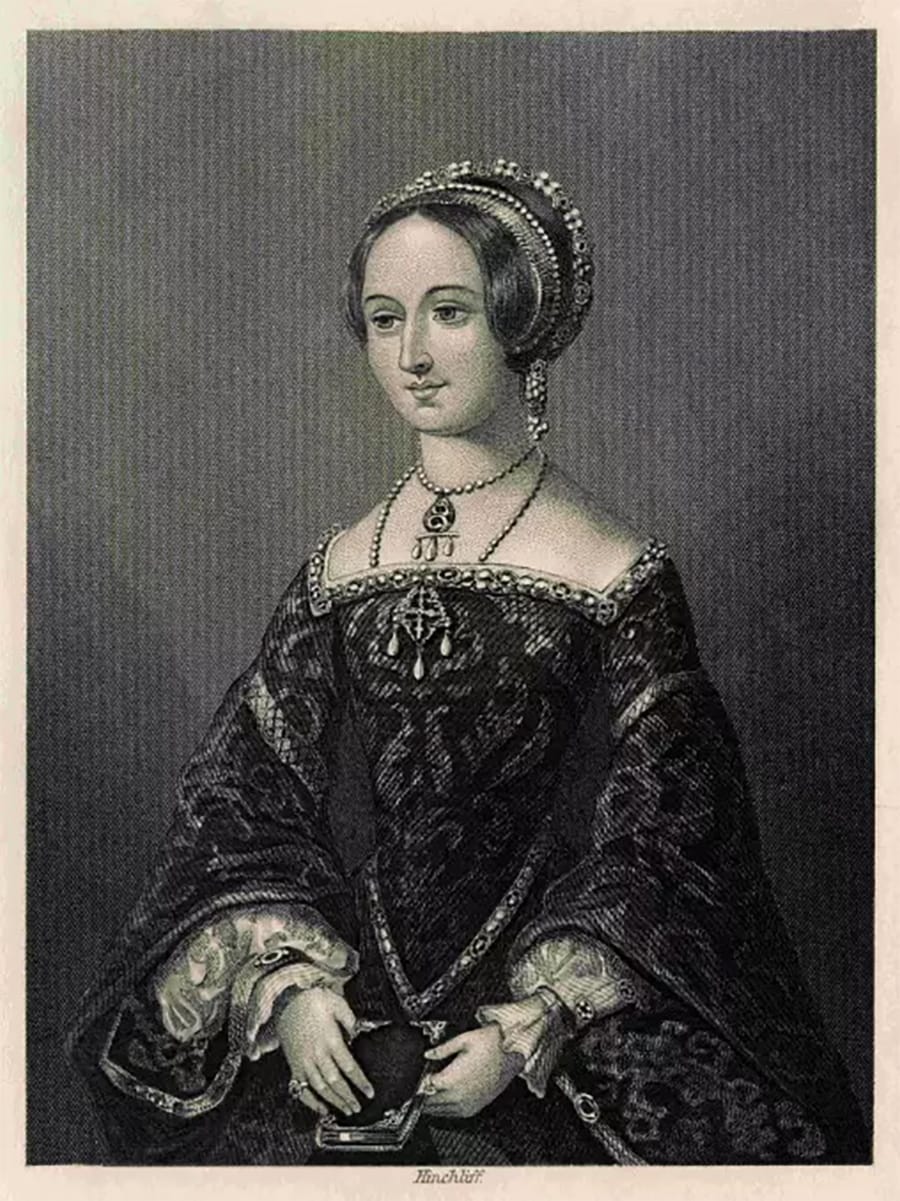
Marguerite de la Rocque
Marguerite is the novel’s resilient protagonist, an orphaned French noblewoman forced to navigate a world defined by strict social codes and her uncle’s ambitions. Her story transforms from a life of genteel isolation in France to a harrowing fight for survival after being marooned on a remote island. Through loss, faith, and adversity, she discovers enormous reserves of strength and emerges forever changed.
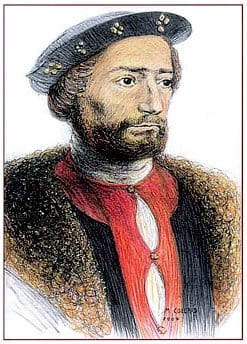
Jean-François de la Rocque de Roberval
Marguerite’s guardian and uncle, Roberval is a powerful, manipulative courtier whose decisions steer Marguerite’s fate. Driven by ambition and pride, he sees his niece as a pawn in his schemes rather than a person with her own desires. His actions ultimately doom Marguerite to exile and force her into hardship.
Claire d’Artois
Claire is Marguerite’s devoted childhood friend, providing compassion and a sense of belonging in Marguerite’s otherwise lonely world. Her gentle guidance and intellectual curiosity help Marguerite grow emotionally. Their close bond sustains Marguerite through her personal trials and is a vital emotional anchor in the narrative.
Damienne
Damienne, Marguerite’s faithful nurse, is steadfast, wise, and deeply religious. She serves as Marguerite’s moral support and practical guide, both in the château and during the ordeal on the island. Her selfless loyalty and unwavering faith stand in stark contrast to the betrayals Marguerite endures.
Auguste
Auguste is Roberval’s secretary and Marguerite’s forbidden love, a relationship that ultimately leads to both of their exiles. His resourcefulness and care provide physical and emotional support during the island ordeal. Their ill-fated romance represents both rescue and sacrifice for Marguerite.
Madame d’Artois
The mother of Claire, Madame d’Artois is a refined and compassionate woman who welcomes Marguerite into her home and circles. She encourages intellectual curiosity and emotional maturity in both Claire and Marguerite. Her presence offers a glimpse of maternal guidance lost to Marguerite after her own mother’s death.
Hervé
Hervé is a member of Roberval’s household staff, assisting with preparations for the voyage to New France. Loyal and practical, he helps maintain order and keeps confidences within the household. Although less deeply developed, his role highlights the rigid boundaries in the servant-master dynamic.
Captain Des Alliez
Captain Des Alliez commands the ship that takes Marguerite and the colonists to the New World. His authority is challenged both by Roberval’s domineering presence and the difficulties of the voyage. His fate is intertwined with Roberval’s quest and the expedition’s tragic turns.
Nicolas Montfort
Nicolas Montfort is a persistent and unsavory courtier whose unwanted attention and predatory ambition threaten Marguerite’s autonomy. His presence intensifies the pressure Marguerite faces from all sides to conform to the marriage market and social expectations. He represents the dangers lurking within high society.
Madame Montfort
Madame Montfort, a minor but memorable antagonist, is focused on status and propriety at court. She embodies the superficiality and competition of the French aristocracy that Marguerite struggles against. Her disregard for Marguerite’s plight is emblematic of the wider society’s callousness.

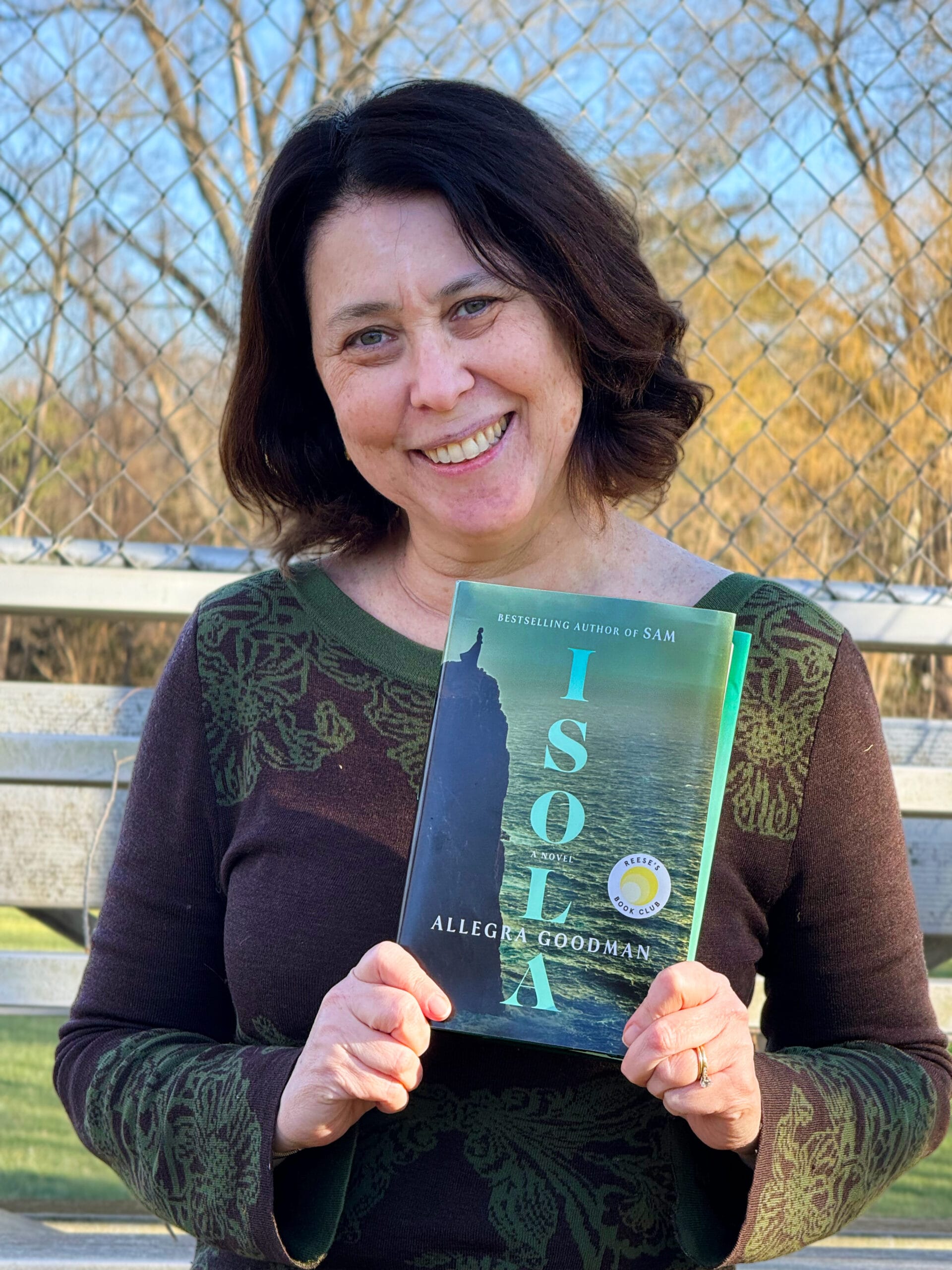
Allegra Goodman is a celebrated American novelist known for her keen insight, literary grace, and profound storytelling, qualities that shine throughout her acclaimed works. Born in Brooklyn in 1967 and raised in Honolulu, Hawaii, Goodman was immersed in a richly intellectual and multicultural upbringing. Her mother, Madeleine Goodman, was an accomplished geneticist and academic leader, while her father, Lenn Goodman, is a distinguished professor of philosophy. These influences nurtured her early fascination with ideas, literature, and identity.
Goodman attended Punahou School in Honolulu before pursuing her undergraduate studies at Harvard University, where she graduated magna cum laude in English and philosophy. She earned her PhD in English literature from Stanford University, specializing in fiction deeply rooted in questions of belief, skepticism, and community. Early in her writing career, Goodman published her first story at age seventeen and released her debut story collection, Total Immersion, upon graduating from Harvard. Her fiction quickly gained widespread recognition for its wit, subtlety, and depiction of vibrant Jewish communities across diverse geographic settings—from Oahu to Oxford.
Throughout her distinguished career, Goodman has published seven novels—including Isola, a Reese’s Book Club selection; Sam, chosen for the Read With Jenna Book Club; and Kaaterskill Falls, a National Book Award finalist. Other notable works include Intuition, The Cookbook Collector, Paradise Park, and The Chalk Artist, winner of the Massachusetts Book Award. In addition to her novels, Goodman is the author of celebrated short story collections such as The Family Markowitz and a novel for younger readers, The Other Side of the Island. Her fiction and essays have appeared in leading publications like The New Yorker, The New York Times Book Review, and The Wall Street Journal, and have been anthologized in The O. Henry Awards and Best American Short Stories.
Renowned for her thoughtful exploration of faith, cultural inheritance, and the complexities of human relationships, Goodman is also recognized as a recipient of the Whiting Writer’s Award, the Salon Award for Fiction, and fellowships from MacDowell and the Radcliffe Institute for Advanced Study. She lives in Cambridge, Massachusetts, with her husband, David Karger, and their four children, continuing to write stories that challenge, inspire, and illuminate.

Notable Quotes from Isola:
"I myself was now an island. Solitary. Brambles and five-petalled flowers were my garden. Rocks my furniture. Ocean waves my lessons. Sadness overwhelmed me and sank back. Then, like the tide, joy crept in on me again."
Speaker: Marguerite (the protagonist/narrator)
Location in book: Early in Marguerite’s time on the island, after her abandonment.
"I never knew my mother. She died the night that I was born, and so we passed each other in the dark."
Speaker: Marguerite (the protagonist/narrator)
Location in book: Early chapters, Marguerite’s self-introduction and reflection on loss.
"I still dream of birds. I watch them circle, dive into rough waves, and fly up to the sun. I call to them but hear no answer. Alone, I stand on a stone island."
Speaker: Marguerite (the protagonist/narrator)
Location in book: Prologue — setting the thematic tone.
"We will live," I said. "And that will be revenge enough."
Speaker: Marguerite (the protagonist/narrator)
Location in book: During Marguerite’s survival struggle, as she steels herself to endure.
"Everything we treasure has a price. And everything we have will slip away."
Speaker: Marguerite (the protagonist/narrator)
Location in book: Reflection on hardship and loss in the narrative’s central section.
"What you wish does not signify."
Speaker: Damienne (Marguerite’s guardian/antagonist)
Location in book: Early conflict section when Marguerite’s wishes are overridden by authority.
"Those who know their faults are truly wise," the Queen said. "And those who have endured the worst have most to teach. Do not say, then, that your story does not deserve retelling. Tell me, rather, how I might reward you for offering what you have learned."
Speaker: The Queen (historical/moral authority figure within Marguerite’s reflections)
Location in book: Later section, addressing Marguerite’s endurance.
"I cannot fly. I cannot swim. I cannot escape my island."
Speaker: Marguerite (the protagonist/narrator)
Location in book: Mid-novel, describing her sense of entrapment—both physical and emotional.
"To admit Nicholas' interest was to throw herself away. To refuse him was to risk offending. He might speak to his father, and he, in turn, could complain of us..."
Speaker: Marguerite (the protagonist/narrator), reflecting on dangers of court and romantic entanglements
Location in book: Early in the narrative, at court.
"As I have said, my daughter, no matter what virtue and goodness you see in yourself or others, know that in this world, not one in a thousand escapes without some deception or attack on her honor, no matter how good or perfect."
Speaker: Marguerite’s mother or guardian figure (reflective dialogue/advice)
Location in book: Early in the novel or in flashback.

Historical Facts Behind Isola
Marguerite de la Rocque was marooned on an island in New France (now Canada) in the mid-1500s by her guardian as punishment for an illicit romance. This astonishing event serves as the centerpiece of Marguerite’s story, demonstrating the severity of social and gender norms in Renaissance France.
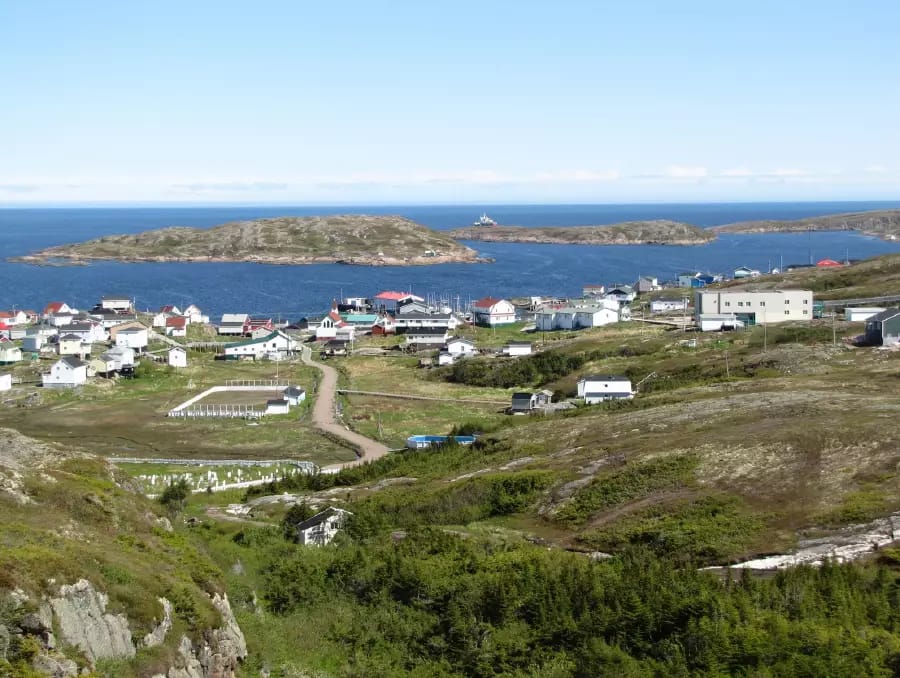
The word "Isola" means "island" in Italian, reflecting both the setting and Marguerite's profound isolation. The island setting underscores themes of abandonment and survival—central elements of Marguerite’s ordeal and transformation.
16th-century France was a time of religious and social upheaval; noblewomen like Marguerite faced strict limitations on autonomy and faced harsh penalties for defiance. Marguerite was expected to be devout and docile; her punishment highlights how transgressions of class and gender boundaries could lead to catastrophic consequences.
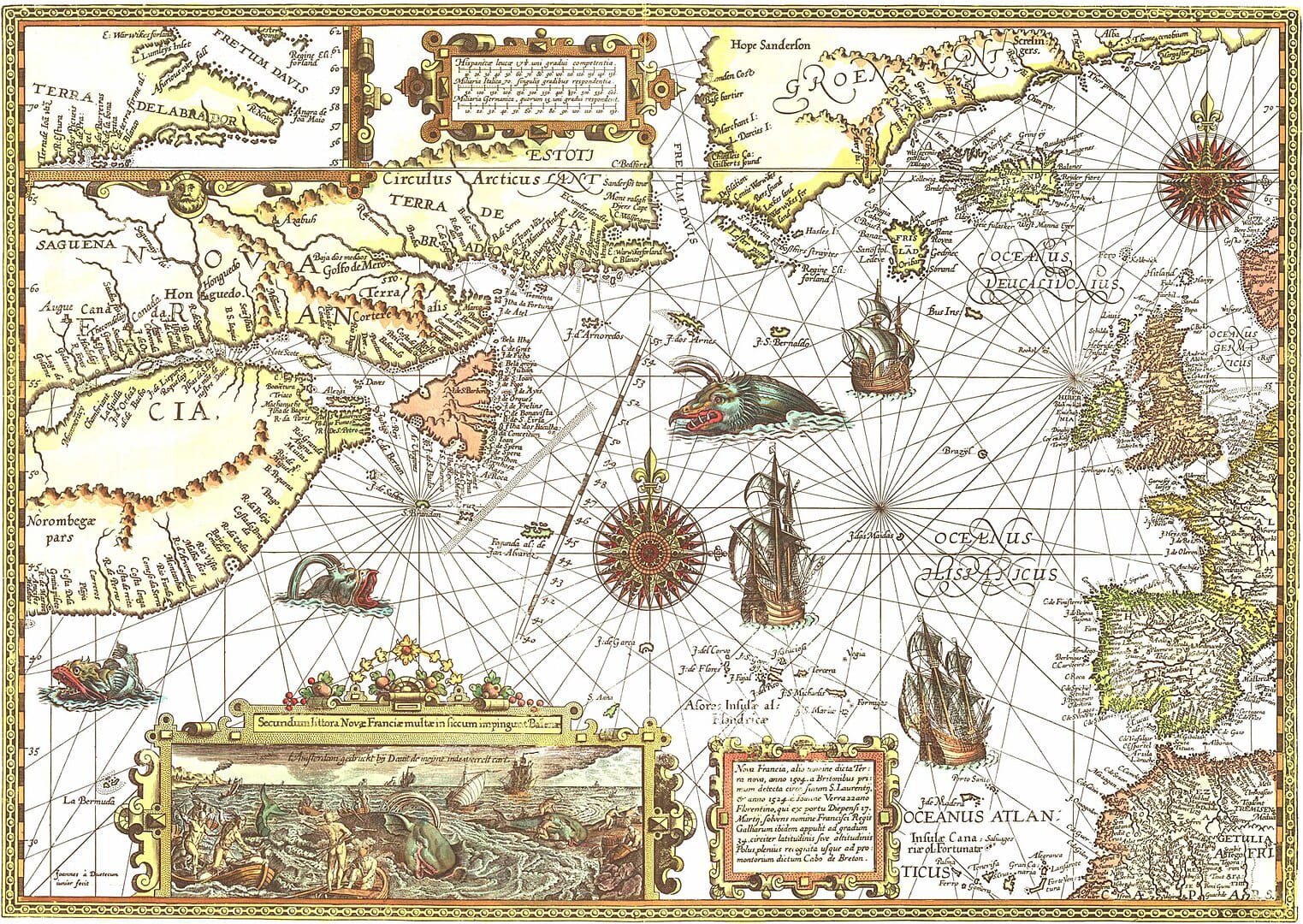
The French colonization of North America, especially New France, exposed settlers to brutal winters, unfamiliar terrain, and frequent shortages of food.Marguerite’s survival techniques—salting fish, roasting birds, and poaching eggs—mirror documented hardships faced by early French settlers.

Polar bears were among the natural dangers in the Canadian north; historical accounts mention castaways hunting and using bear fat for warmth and food. The book’s inclusion of hunting a polar bear is based in authentic survival accounts from that era, showing how necessity sometimes inspired ingenuity.
Marguerite’s story was recorded by Basque fishermen, whose rescue prevented her tale from fading into obscurity and established her as a legend in both French and Canadian folklore.Basque fishermen played a significant role in early French exploration and fishing expeditions, often encountering stranded or desperate individuals along the coast.
Marguerite’s experience occurred during a phase of French expansion and fierce competition with British and Spanish powers in the New World.The race for territory and resources created high stakes for both explorers and those left behind, like Marguerite.
The abandoned castaways included Marguerite’s lover and her maid, highlighting the complexities of relationships across lines of class and servitude in the 1500s.The novel explores how isolation reconfigures social roles and reveals both hidden strengths and vulnerabilities.
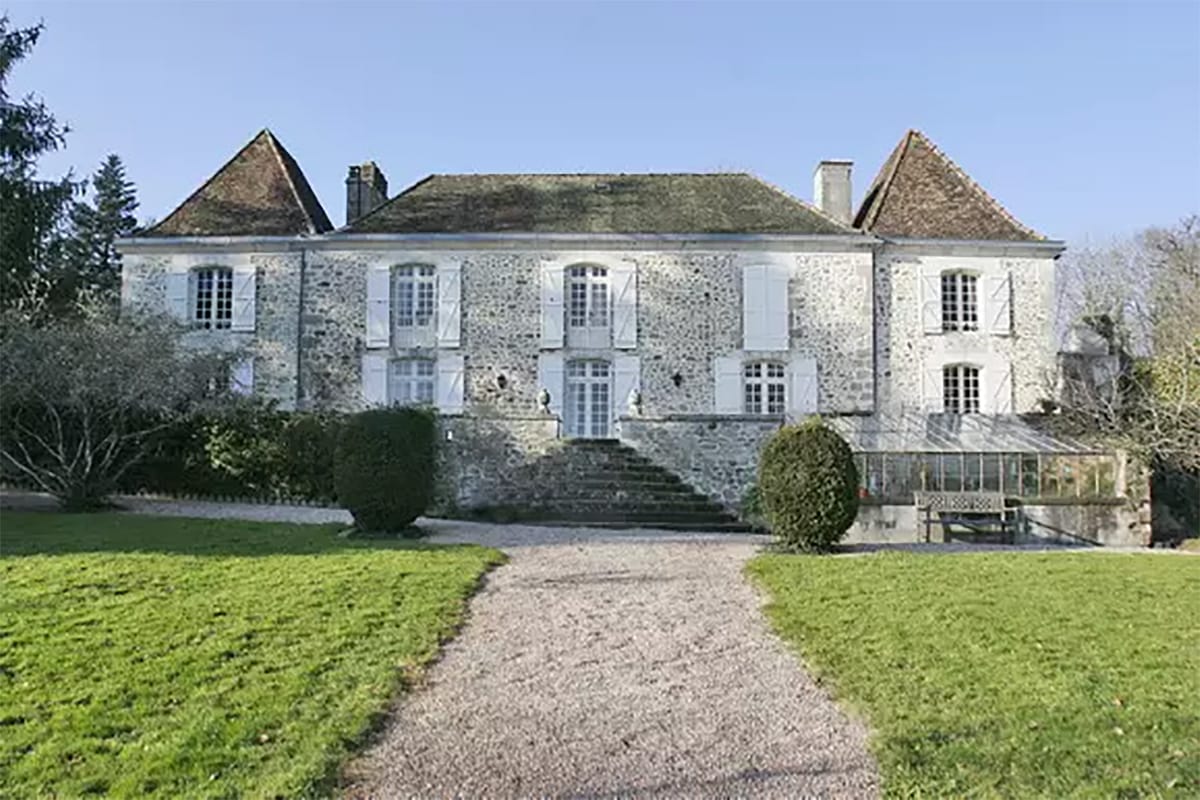
The story of Marguerite inspired memoirs and chroniclers in early modern Europe, and her legend has appeared in historical records and literature since the Renaissance. Many accounts blend fact and myth, but Marguerite’s resilience and psychological struggle remain a source of fascination for historians and novelists alike.
Allegra Goodman used immersive museum and archival research, including the study of historical accounts, artifacts, and period documents, to accurately depict Marguerite’s ordeal and the world she inhabited. Goodman’s commitment to historical detail enriches the narrative, offering readers a vivid, emotional, and authentic glimpse into 16th-century survival.

These questions are designed to encourage participants to think deeply, make personal connections, and explore the literary craft within the book. It is recommended that you choose 8-10 questions that you think would best suit your group. The first fifteen can be safely discussed with readers who have not finished the book, while the final five are best for a deep, reflective discussion after everyone has reached the end.
- The title, Isola, means “island.” How does the idea of isolation manifest in Marguerite’s life before and after her exile?
- Which early scene or relationship sets the emotional tone for Marguerite’s journey, and how does it evolve?
- How do Marguerite’s relationships with Claire and Damienne help reveal different sides of her character?
- What role does class and privilege play throughout Marguerite’s transformation from heiress to survivor?
- When did Marguerite seem most modern, and when was she most a product of her time?
- What images, symbols, or motifs (such as the bear claw or sea birds) stood out as representing hope or despair?
- If you could annotate a single passage, what would you mark for future readers, and what does it encapsulate about the novel?
- In what ways did faith or the questioning of faith affect Marguerite and her choices?
- How does the historical setting—16th-century France and New France—shape the emotional impact of Marguerite’s story?
- Which character changes the most over the course of the novel, and what catalyzes that change?
- What aspect of Allegra Goodman’s writing style was most effective in immersing you in the story?
- How does the novel invite empathy for even its antagonists, like Roberval?
- What does “home” come to mean for Marguerite, and how does this definition shift?
- How are power, control, and agency explored, particularly in the context of women’s roles and societal expectations?
- How does the motif of being watched—by others, by God, by society—affect the actions and decisions of the characters?
Deep Dive (Post-Ending) Questions
- What emotions did the death of Auguste, Damienne, and Marguerite’s baby evoke, and how did surviving these losses change Marguerite’s outlook on life?
- Discuss Marguerite’s action in killing the bear. Was this pure survival, catharsis, or something darker? What does the bear symbolize in her transformation?
- The ending is both empowering and ambiguous. Do you read Marguerite’s founding of a girls' school as a story of redemption, survival, or unfinished healing?
- Roberval’s motivations for marooning Marguerite are never made entirely clear. Is he a simple villain, or does he represent more complex forces at work in the story?
- If Marguerite’s story were set today, what might be different about her path to freedom and self-determination, and what would remain the same?


Here are 11 evocative, on-theme decorating ideas for an Isola book club meeting, grounded in its 16th‑century France‑to‑New France setting, island marooning, sea birds, ice, and faith motifs drawn from the novel’s plot and imagery. You can use these to build immersive tablescapes, wall moments, and cozy nooks that echo Marguerite’s journey of endurance and transformation.
The Printable Book Club Kit includes a photographic image for each decorating idea!
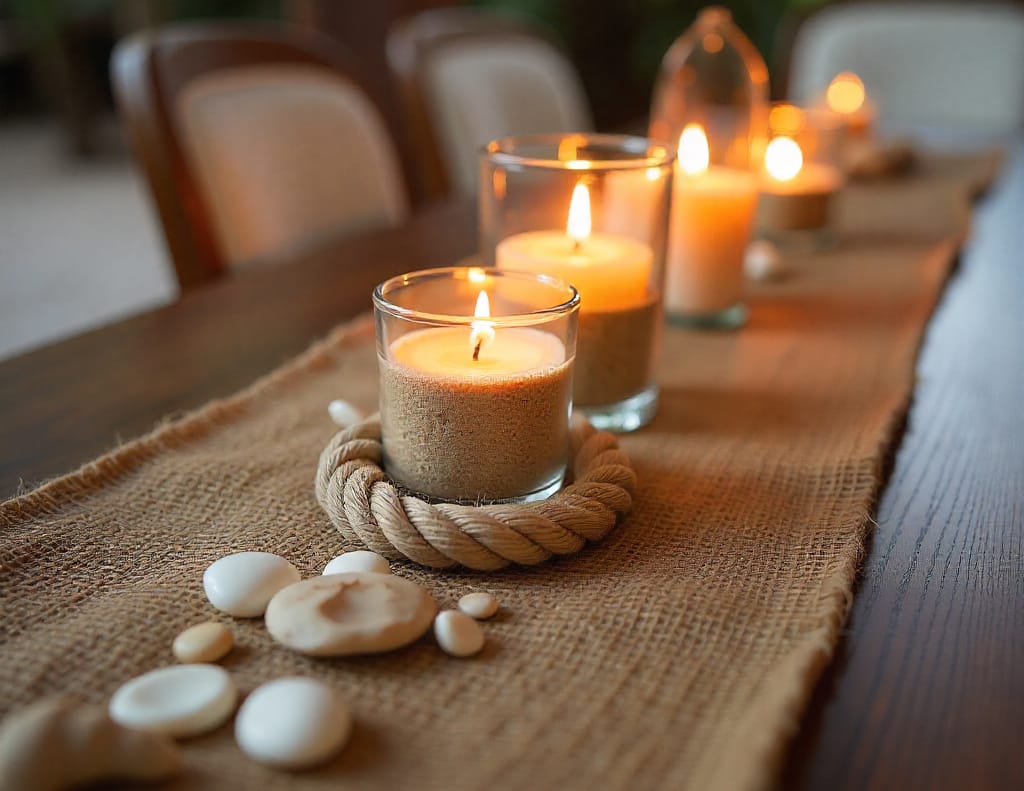
Tidal Table Runner
Layer a linen or burlap runner with coiled rope, small driftwood pieces, shells, and smooth pebbles to evoke the castaway island where Marguerite is abandoned and must build shelter from what the sea provides. Group hurricane glass with sand and a tealight to suggest shorelight without open flame, echoing the island’s stark coastal environment.
Birds and Feathers Motif
Scatter white feathers, add simple bird silhouettes, or nest small faux eggs in twig bowls to reference the great seabird roost that sustains the castaways and the book’s recurring bird imagery and longing. A small card with the line “I still dream of birds … Alone, I stand on a stone island” makes a poignant accent beside each nest.
Frost and Ice Accents
Use frosted glass, Epsom‑salt “snow,” pale linens, and cool blue‑gray candles to echo the season when the island is “blanketed … in ice,” tilting the palette toward winter sea and sky. A dusting of faux frost on branches or bottles underscores the novel’s bitter cold and survival stakes.
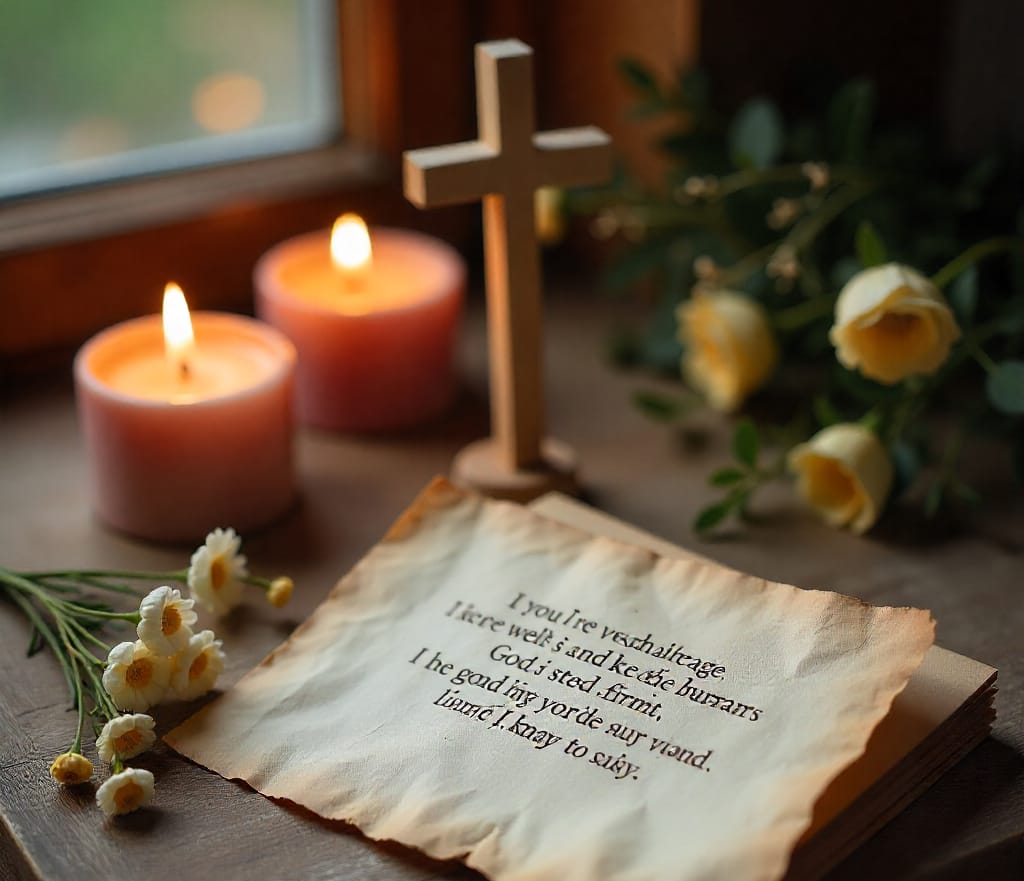
Psalms and Faith Candle Corner
Create a quiet vignette with votive candles, a simple wooden cross or illuminated manuscript image, and parchment cards featuring brief psalm lines to mirror the characters’ prayer rhythms in the cave. Pair a second card about doubt and belief to reflect the story’s nuanced theme of faith under pressure.
“Pearls to pelt” Two‑part Tablescape
On one side, arrange a strand of pearls, lace, and a small gilded frame to represent Marguerite’s aristocratic beginnings; on the other, set rough wood, rope, and a faux fur throw to suggest survival after exile. This contrast visually charts her transformation from privilege to resilience.
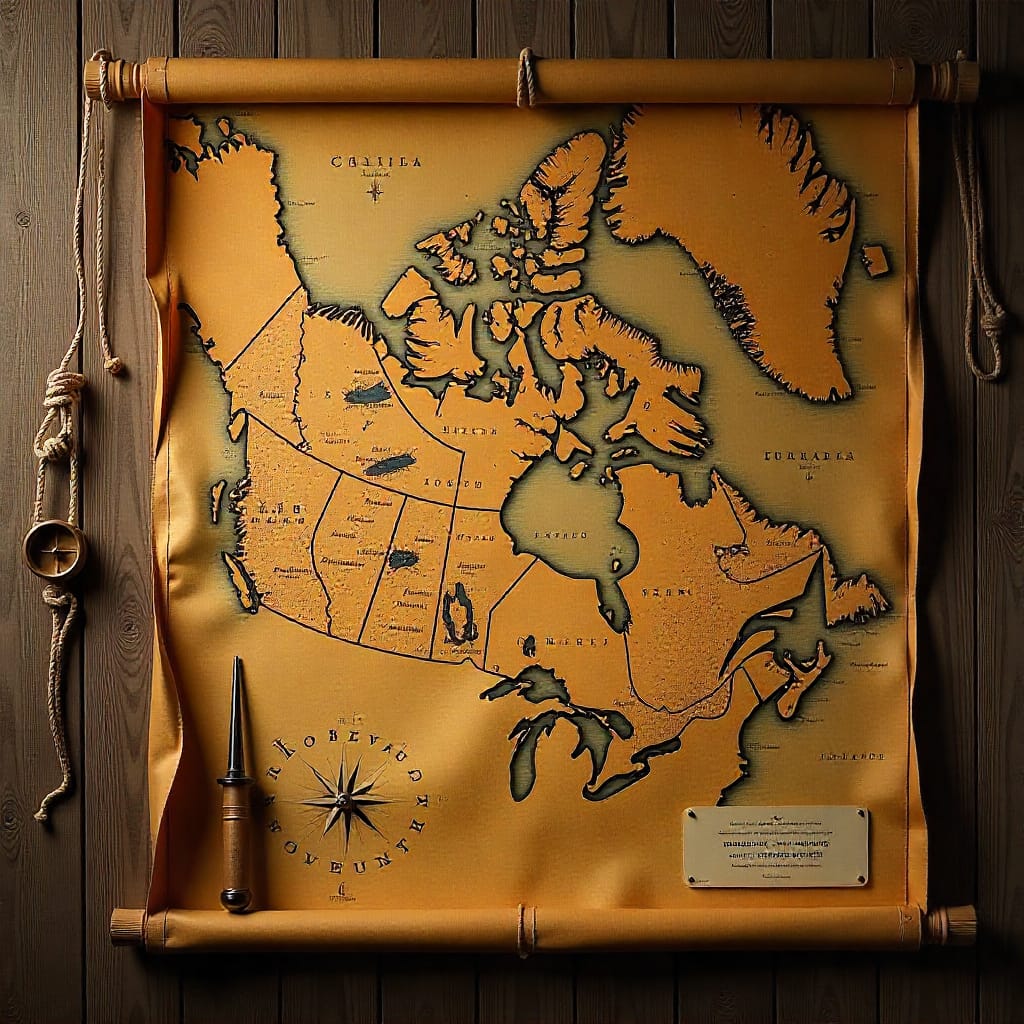
Old Maps and Navigation Wall
Pin up a reproduction 16th‑century map of New France, add a compass, and tie a few simple rope knots to nod to the expedition that leads to marooning in the Gulf of Saint Lawrence. A small placard noting Roberval’s colonial venture and the sea route frames the historical arc without crowding the space.
Survival Larder Vignette
Fill clear jars labeled “salted fish,” “dried berries,” and “herbs,” then tuck in a small net or wicker creel to reference the castaways’ food storage and foraging. A handwritten “winter stores” tag nods to their meat‑preserving efforts before the cold sets in.
Stone‑island Centerpiece
On a round tray, arrange stacked river stones, a single candle, and a sprig of faux seagrass with a tiny quote card: “Alone, I stand on a stone island,” anchoring the room’s theme with minimalist symbolism. The cool, tactile materials echo the novel’s stark solitude and coastal austerity.
Quote Pennants and Place Cards
Hand‑letter short lines like “We will live, and that will be revenge enough,” “What you wish does not signify,” and “I still dream of birds” on kraft pennants or folded tent cards for each seat. Keep typography simple and black‑inked to match the era’s restraint and the story’s gravity.
Basque Fishermen Accents
Place a small model skiff, cork net floats, or coiled twine on a sideboard to honor the Basque fishermen who ultimately reach the island and offer a path home. A discreet label “Basque crew landfall” ties the object to Marguerite’s turning point without distracting from discussion.
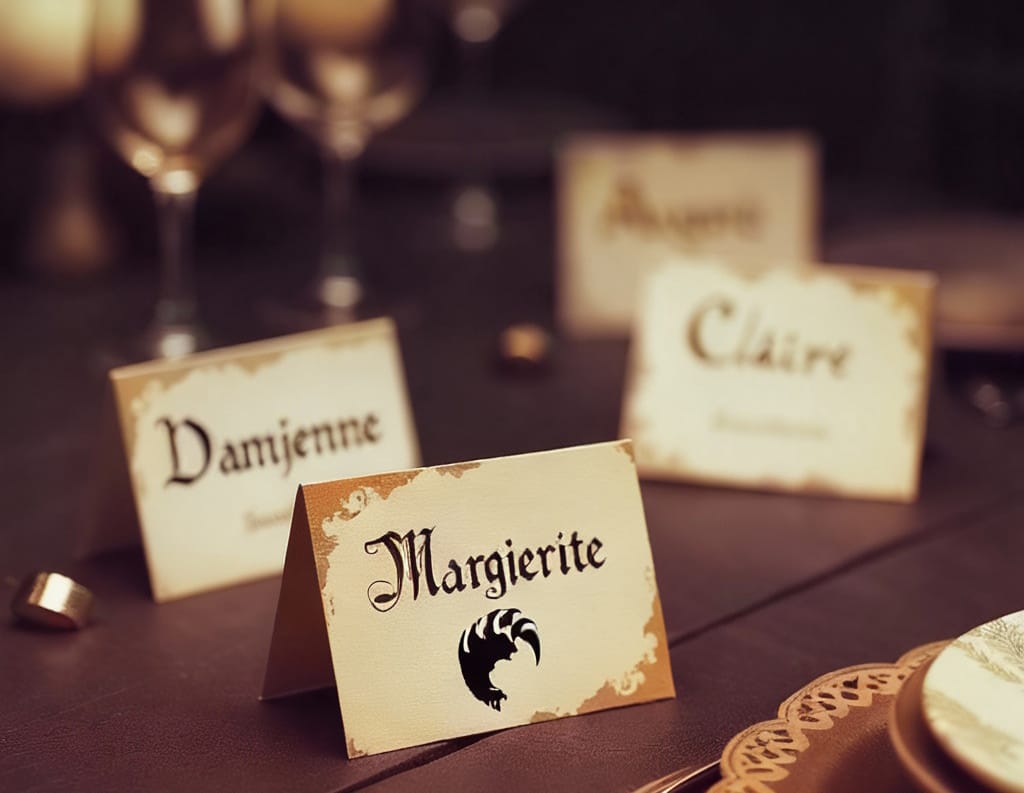
Character Place‑Setting Icons
*Printable Templates included in Printable Kit!*
Add tiny icon cards at each setting: Marguerite with a bear claw (her token after surviving an attack), Damienne with a psalm book, Auguste with a quill (secretary), Roberval with a ship or map, and Claire with a ring to reflect her story thread. These visual cues help guests track roles while subtly reinforcing themes of survival, faith, power, and loyalty.
Shoreline Color and Texture Palette
Keep linens, ribbons, and florals in storm‑blue, slate, sea‑gray, bone, and sand, with textures like linen, burlap, unfinished wood, and rope that feel coastal and weathered. The restrained palette unifies the room and foregrounds the novel’s elemental sea‑and‑stone atmosphere.
Ring and Reunion Tableau
Arrange two simple rings on a linen square beside a feather and a page scrap to hint at parting and reunion ties, linking Claire’s ring motif and the book’s bird imagery of longing and endurance. This small, quiet station offers an intimate focal point that invites conversation without spoilers.
These ideas align closely with the book’s historical setting, maritime survival, bird imagery, winter hardships, and evolving spirituality, ensuring the space feels faithful to Allegra Goodman’s world while remaining elegant and functional for discussion.

- "Isola's Survival Kit" Game (In printable kit)
- "Postcard Playlist Exchange" Activity (In printable kit)
- "Island Passport Check-In" Game (In printable kit)

Here are themed menu ideas for appetizers, main courses, desserts, and beverages inspired by Allegra Goodman’s Isola, balancing Marguerite’s French nobility with her stark island survival in 16th‑century New France. These dishes nod to scenes of salted fish, roasted birds, poached eggs, brutal winters, and even the polar bear episode—without replicating hardship on the plate.
Appetizers
Lean into French rusticity and castaway resourcefulness—simple, hearty bites that echo salted fish, roasted birds, and eggs gathered from seabirds, paired with humble roots from a northern climate. This course bridges Marguerite’s genteel upbringing with the meager larder of her exile.
Smoked Fish Rilette
Salted or smoked fish rillette on rye crisps with pickled onions, a civilized take on the fish they preserved to survive the island.

Shore Bird Chicken Skewers
Roasted “shore bird” chicken skewers brushed with wild herb glaze, evoking the birds they hunted and cooked over flame.
"Seabird" Deviled Eggs
Seabird-egg deviled eggs with flaky sea salt and smoked paprika, a wink to the egg‑poaching scenes on the cliffs.
Bread and Cheese Board
Rustic bread, aged cheeses, and dried fruits, a spread befitting Marguerite’s noble roots before the voyage.
Main Courses
Center the table on fish and humble roasts that feel plausible for the Gulf of St. Lawrence while offering modern comfort and warmth. Build in a vegetable-forward anchor to mirror necessity and restraint.
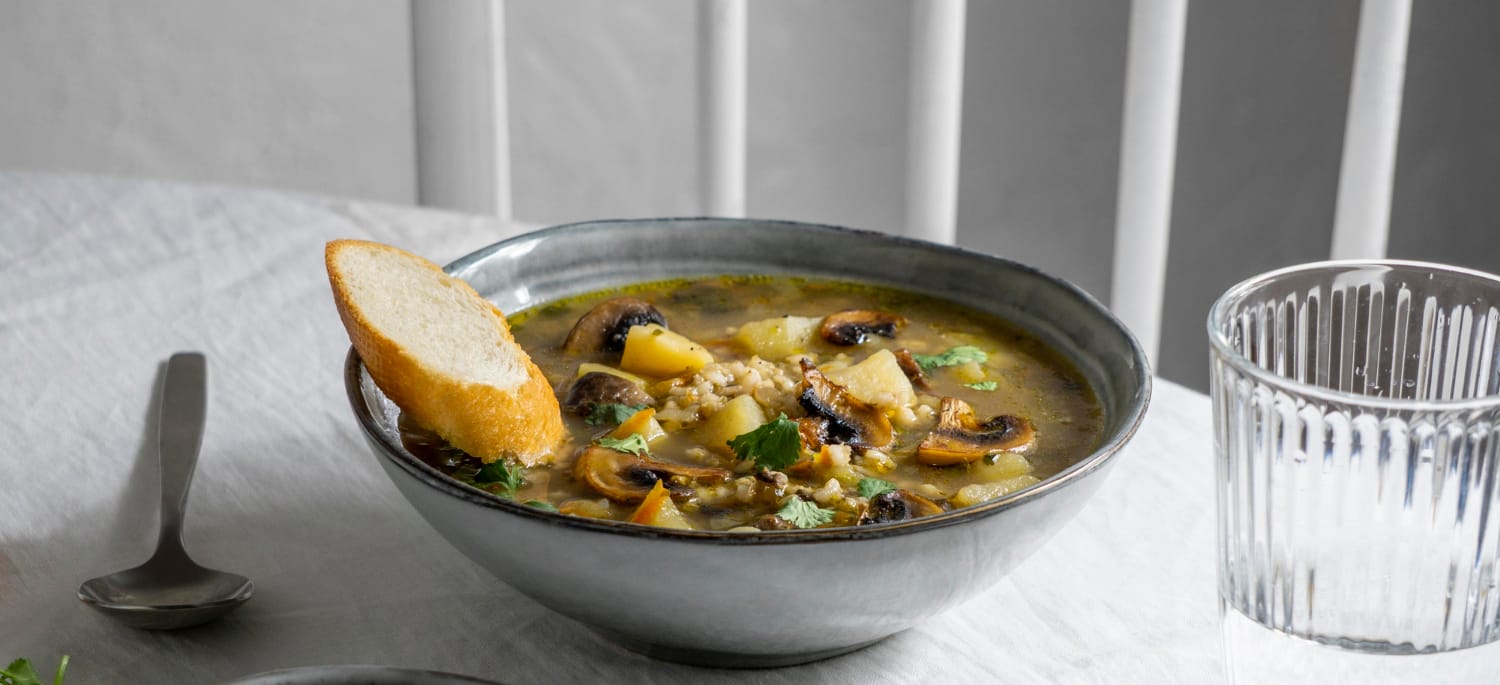
Fish Stew
North Atlantic fish stew with potatoes, leeks, and fennel, a refined nod to the waters off New France and the island’s reliance on fish.
Roasted Game Hens
Hearth‑roasted game hen with herb bread stuffing, evoking the “roasted birds” that sustained the castaways.
Baked Cod
Baked cod with brown butter, lemon, and capers, keeping the protein elemental, bright, and in step with a seafaring pantry.
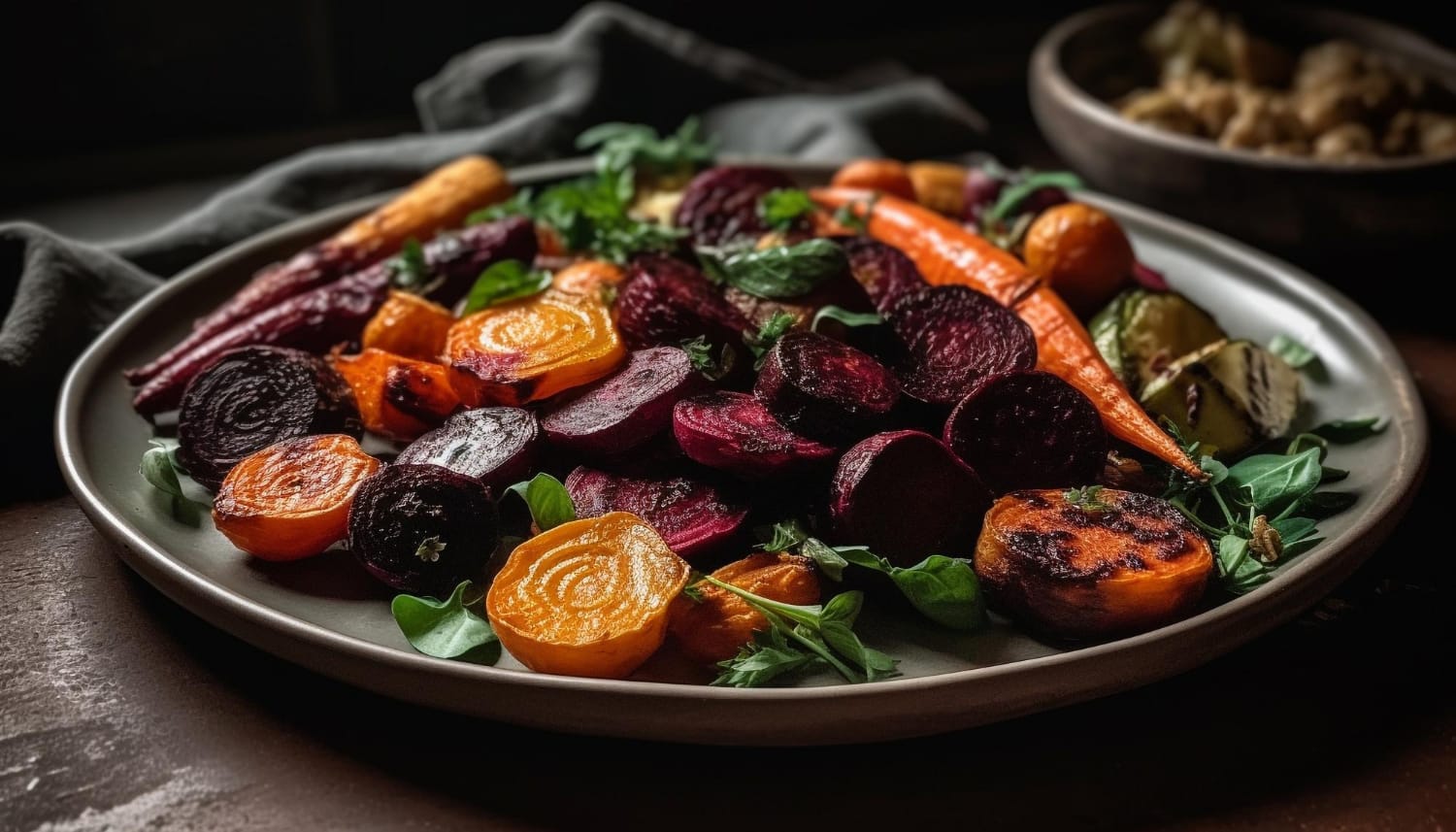
Vegetable Medley
Roasted root‑vegetable medley (turnip, carrot, beet) with garlic and rosemary, simple and satisfying for a cold‑weather setting.
Desserts
Let dessert gesture toward comfort, festivity, and survival symbolism—sweetness earned after long winter chapters. Draw lightly from historical flavors while keeping the spread accessible.
Honey Cakes
Honey cakes with orange zest and a drizzle of cream, “old‑world” sweetness with a rustic finish.
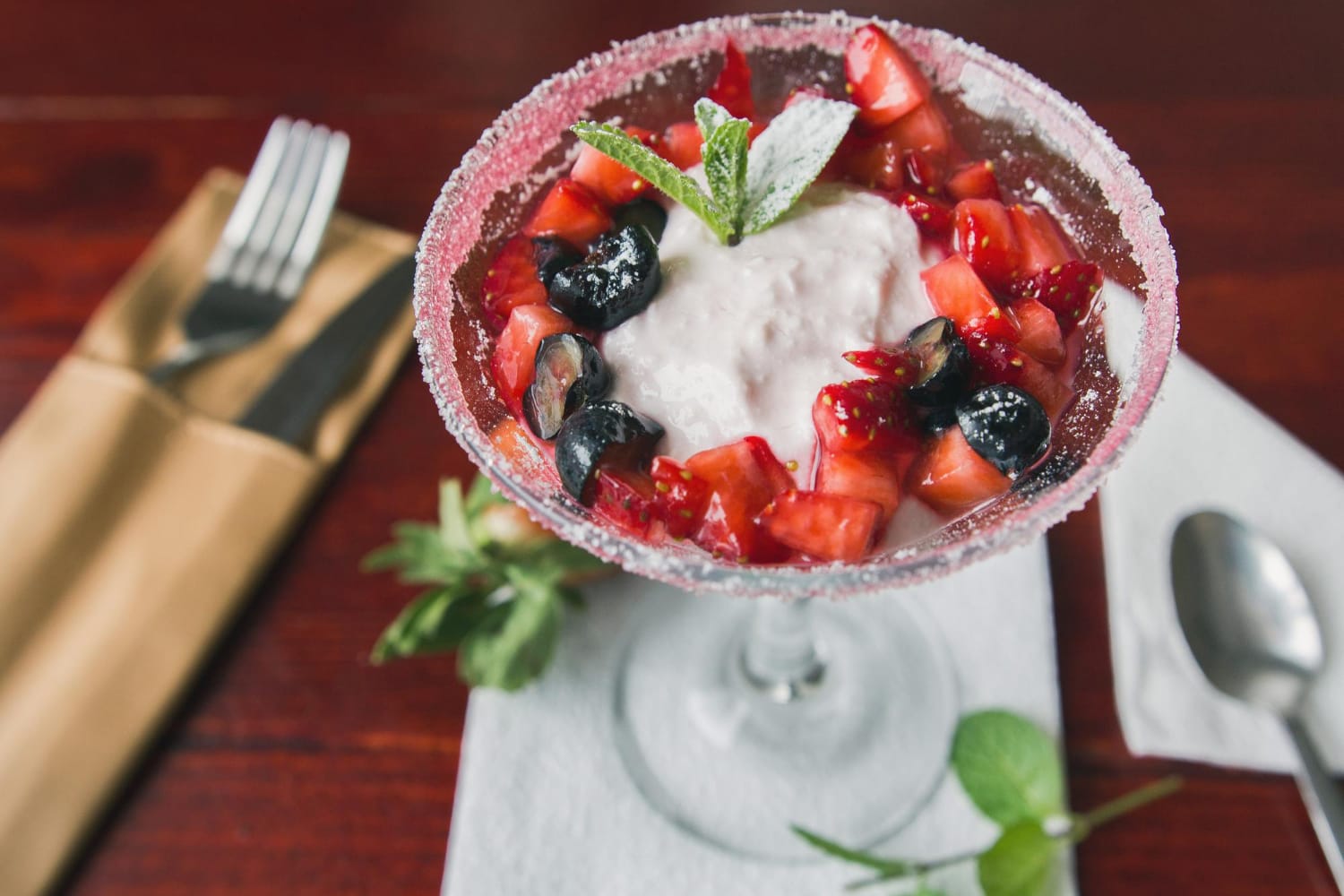
Spiced Berries Over Ice Cream
Spiced stewed berries over crème fraîche, a simple, warming bowl that feels foraged yet celebratory.
Bear Claws
Almond “bear claw” pastries, a playful nod to the polar bear hunt and cookery recounted in the novel.
Chocolate and Berry Platter
Dark chocolate and berries platter for an indulgent counterpoint to the novel’s austerity.
Beverages
Serve warm, aromatic drinks for a northern climate—and a modest pour from France to honor Marguerite’s origins. Offer both spirited and nonalcoholic options to keep the gathering convivial and inclusive.
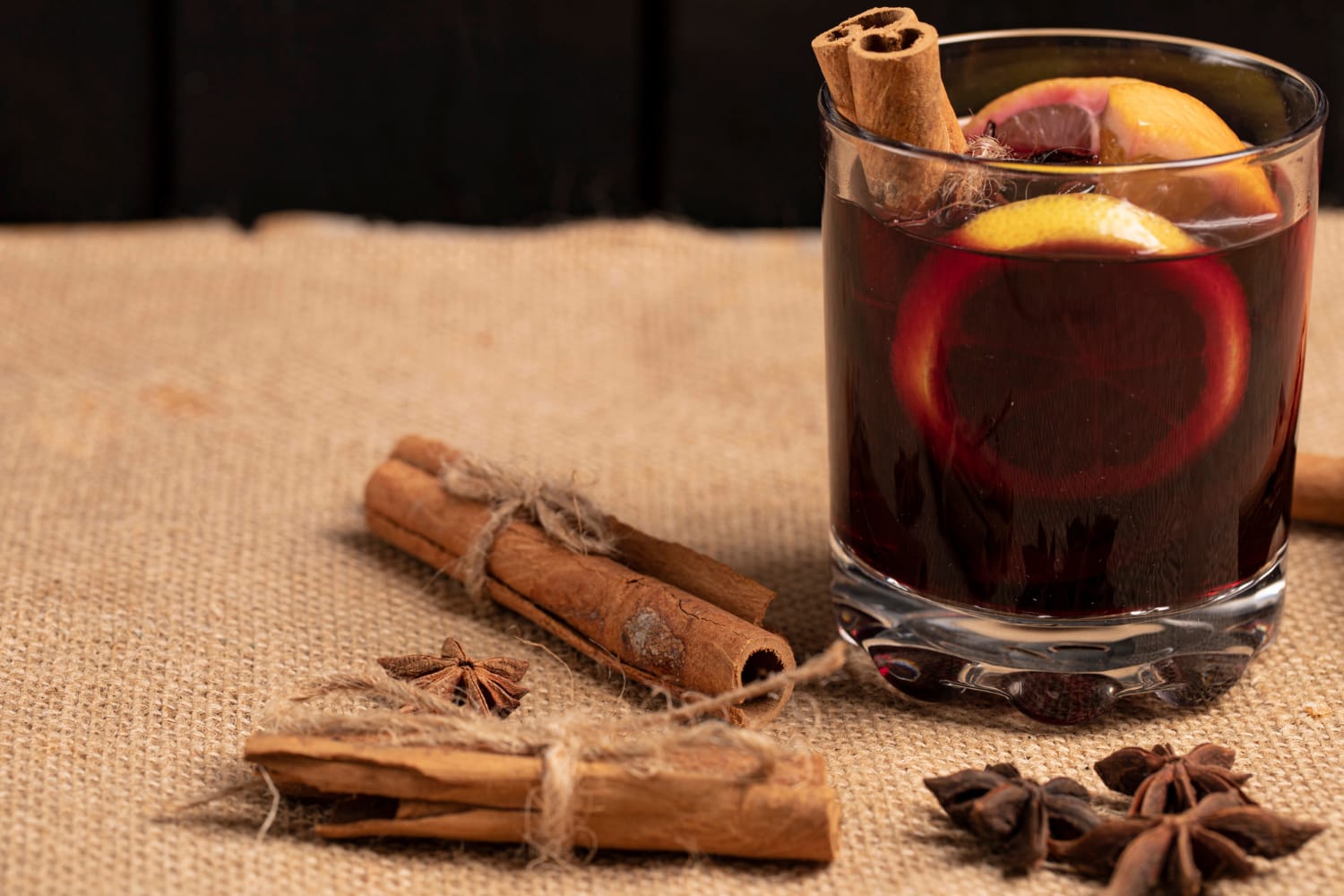
Mulled Wine
Mulled wine with cloves, cinnamon, and citrus, historically cozy and perfect for a cold‑weather tale.
Hot Spiced Cider
Hot spiced cider (nonalcoholic or with a splash of brandy), a fragrant, crowd‑pleasing warmer.
Herbal Infusions
Herbal infusions (mint, chamomile, or wild herb blends), reflecting the natural resources and quiet endurance of the island.
French Wine
Light French red or white wine, a graceful nod to Marguerite’s aristocratic French background before exile.
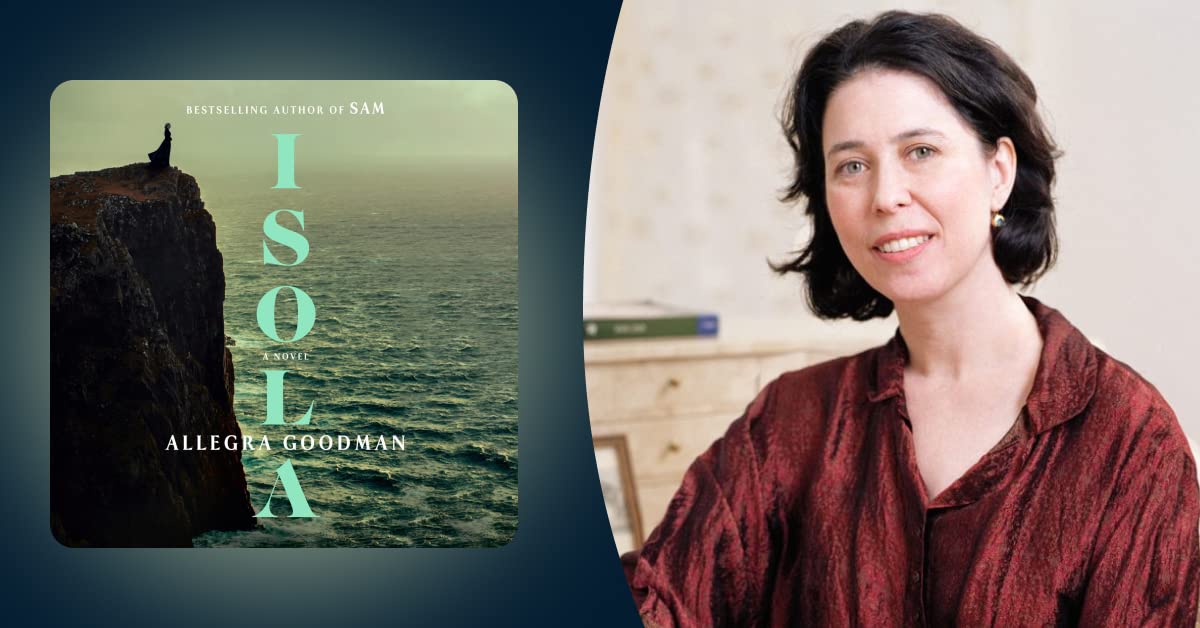
Get Allegra Goodman Books
Allegra Goodman’s writing is characterized by precise, emotionally nuanced prose that draws tender yet unflinching portraits of her characters, often exploring the complexities of family, faith, and intellectual life with both aesthetic delicacy and sharp wit.
Bookshop.org was created as a socially conscious alternative to Amazon, with the goal of helping local, independent bookstores thrive. This is why Readers With Wrinkles supports their efforts. Please join us in this effort by purchasing your next read here.
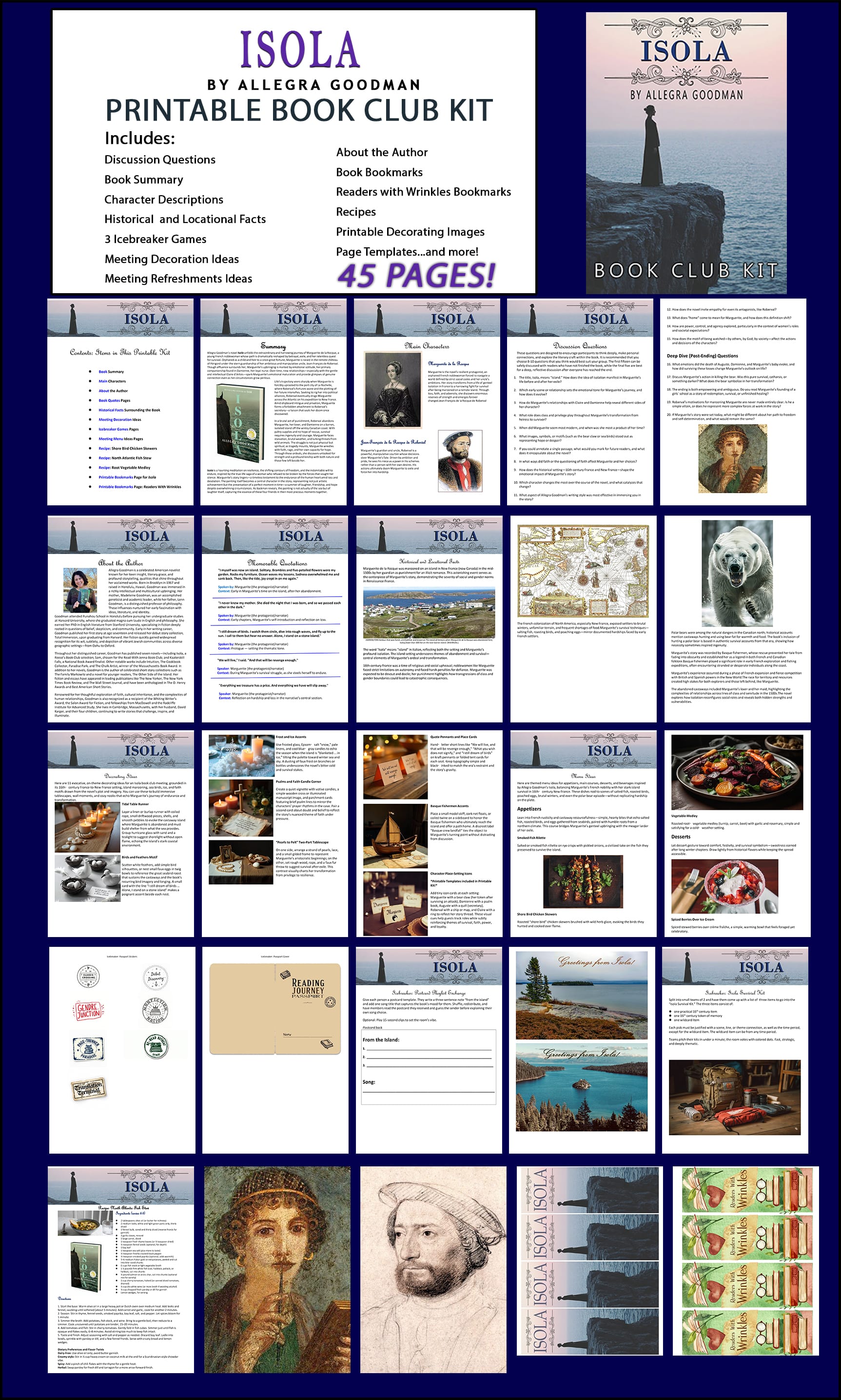
Isola printable BOOK CLUB KIT
The RWW book club kits provide everything you need to organize a great meeting with insightful discussions. These resources simplify book club preparation with character lists, book quotes, refreshment suggestions, recipes, and carefully prepared book club questions!

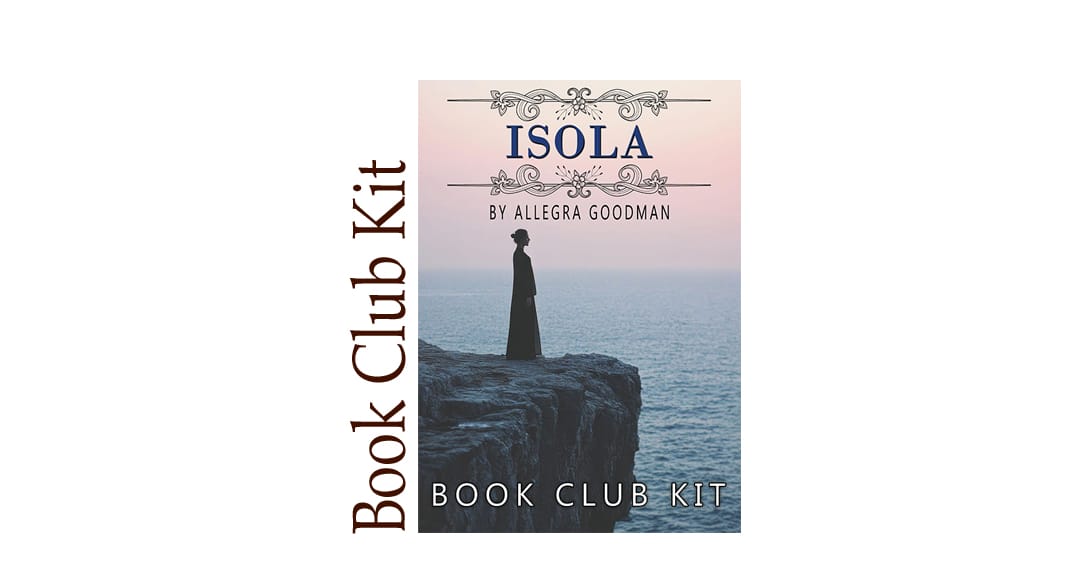
Comments